Optimal Timing for Foundation Repairs
Understanding the optimal timing for foundation repairs can help ensure effective and long-lasting results. Seasonal conditions, soil moisture levels, and temperature fluctuations all influence the appropriate time to undertake such work. Proper planning can minimize disruptions and enhance the durability of repairs.
Spring offers moderate temperatures and increased soil moisture, which facilitate foundation work. It allows for easier excavation and reduces the risk of soil contraction or expansion affecting the repair process.
Summer provides longer daylight hours and stable weather, but high temperatures and dry soil can complicate repairs. Adequate hydration of the soil is essential for successful foundation work during this season.
Fall typically features cooler temperatures and consistent moisture levels, making it a favorable time for foundation repairs. Preparing before winter can prevent further damage caused by freeze-thaw cycles.
Winter presents obstacles such as frozen ground and unpredictable weather, which can delay or hinder foundation repair efforts. Repairs during this period are generally less effective unless conditions are suitable.

Image depicting excavation and stabilization techniques.

Image illustrating soil moisture levels across seasons.

Image showing specialized tools used in foundation repairs.

Ways to make Foundation Repairs work in tight or awkward layouts.

Popular materials for Foundation Repairs and why they hold up over time.
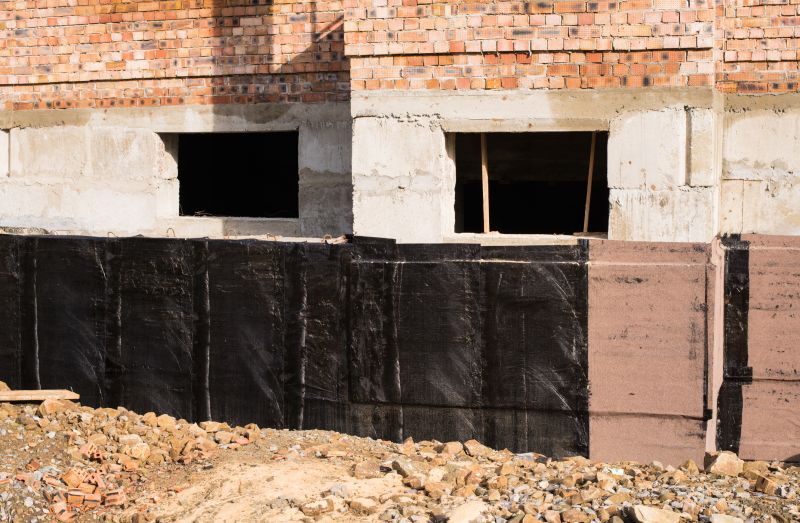
Simple add-ons that improve Foundation Repairs without blowing the budget.
Foundation repairs are critical for maintaining the structural integrity of a building. They address issues such as settling, cracking, and shifting caused by soil movement, moisture fluctuations, and temperature changes. Timely repairs can prevent further damage and costly renovations.
Statistics indicate that foundation problems affect approximately 25% of homes in regions with variable soil conditions. Addressing these issues promptly can extend the lifespan of a property and ensure safety. Proper assessment and choosing the right season for repairs are essential steps in the process.

Image showing typical foundation cracking.

Image illustrating soil movement beneath a foundation.
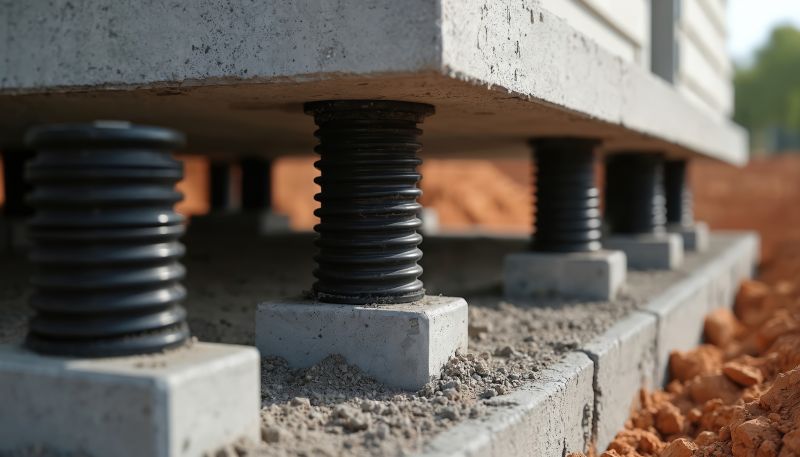
Image of underpinning techniques used in repairs.
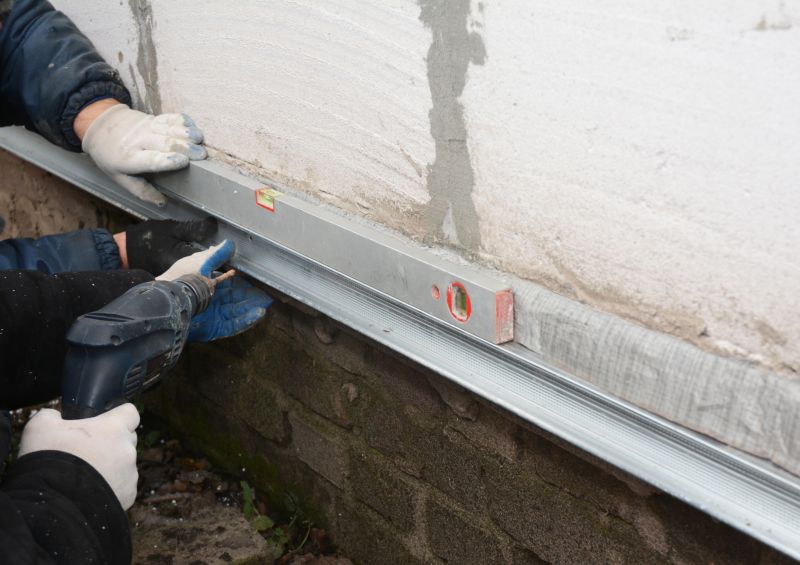
Image demonstrating stabilized foundation after repairs.
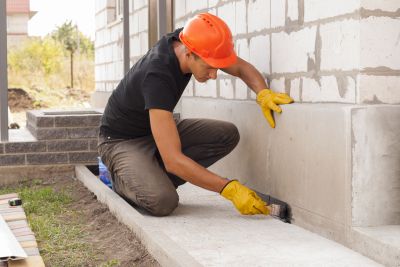
High-end options that actually feel worth it for Foundation Repairs.
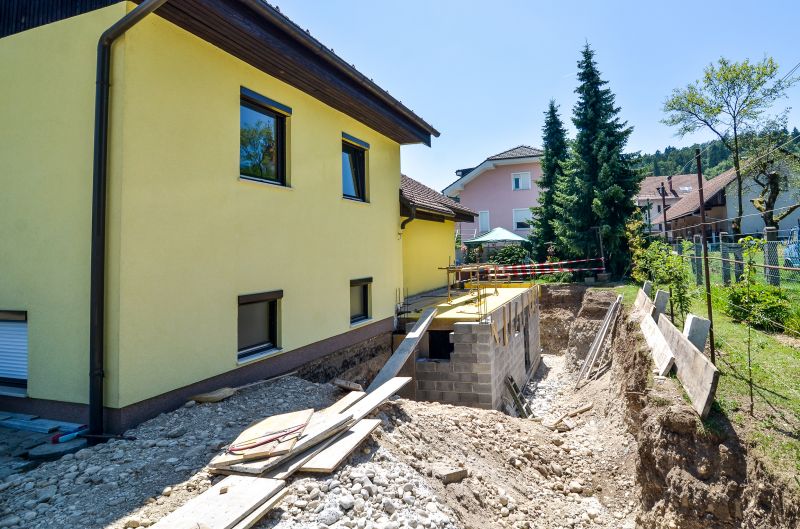
Finishes and colors that play nicely with Foundation Repairs.

Little measurements that prevent headaches on Foundation Repairs day.
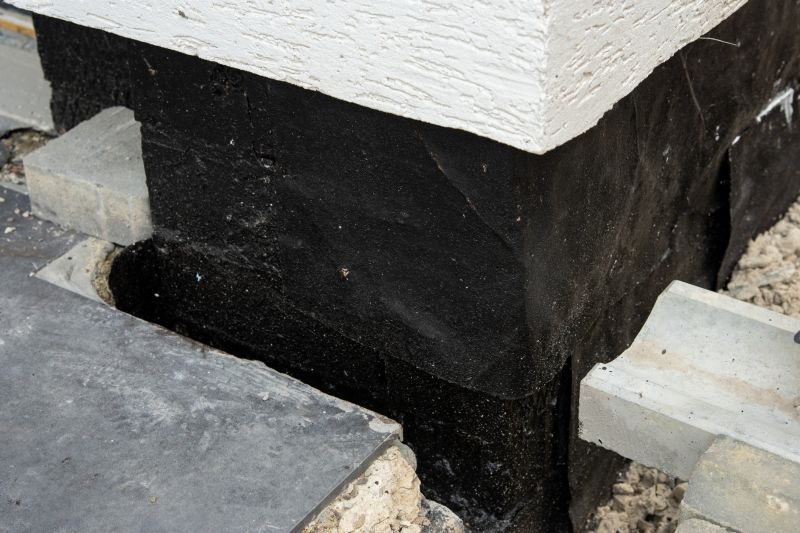
A 60-second routine that keeps Foundation Repairs looking new.
| Season | Ideal Conditions |
|---|---|
| Spring | Moderate soil moisture, mild temperatures |
| Summer | Long daylight, stable weather, requires soil hydration |
| Fall | Cool temperatures, consistent moisture |
| Winter | Frozen ground, weather delays |
| Transition Periods | Ideal for minor repairs, avoid extreme conditions |
Choosing the right time for foundation repairs is essential for ensuring the longevity and effectiveness of the work. Consulting with foundation specialists can help determine the best season based on local soil and weather conditions. Proper timing can prevent future issues and maintain structural safety.
Individuals interested in foundation repairs are encouraged to contact professionals for assessment and scheduling. Filling out the contact form provides an opportunity to receive expert advice tailored to specific property conditions and seasonal considerations.

